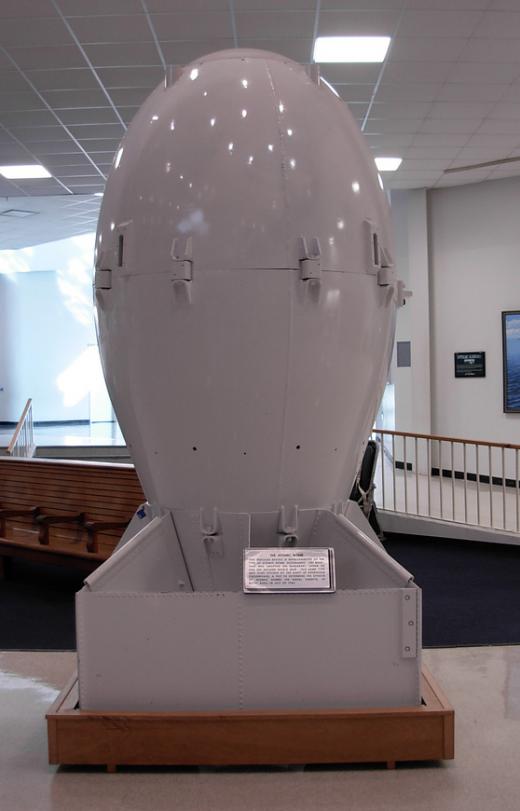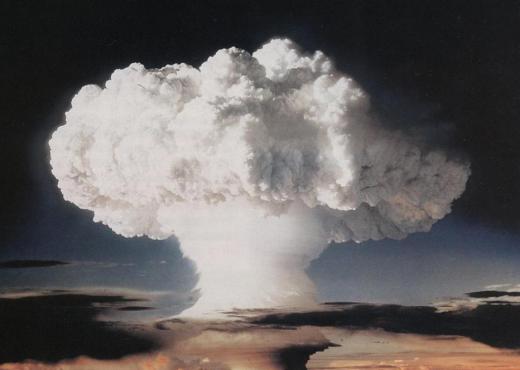What are Some Different Types of Nuclear Testing?
 Michael Anissimov
Michael Anissimov
Nuclear testing has been conducted by eight nations -- United States, Russia, United Kingdom, France, China, India, Pakistan, North Korea, and possibly Israel. The first nuclear test, Trinity, was conducted by the United States on 16 July 1945, near Alamogordo, New Mexico. Since then, at least eight other nations have developed nuclear weapons, with five -- United States, Russia, United Kingdom, France, and China, part of "nuclear weapons states," as identified by the internationally recognized Nuclear Non-Proliferation Treaty.
There are four main types of nuclear testing -- atmospheric, underground, exoatmospheric, and underwater. Each has different purposes and advantages. The first nuclear test was atmospheric, a 20 kilotons of TNT equivalent bomb detonated on a steel tower 20 m (67 ft) tall. A few scientists on the Manhattan Project were worried that the test would ignite the atmosphere and kill everything on Earth, but calculations at the time showed this to be an extremely low probability, and thankfully it didn't happen. This first occasion of nuclear testing generated a fireball 200 meters (656 ft) across and left a crater of radioactive glass in the desert 3 meters (10 ft) deep and 330 meters (1,100 ft) wide. Pieces of this green glass, called Trinitite, are considered a valuable collectables.

After the atomic bombings of Hiroshima and Nagasaki on 6 and 9 August 1945, respectively, the next nuclear explosions occurred during Operation Crossroads. This nuclear testing, conducted at Bikini Atoll during the summer of 1946, featured the first underwater explosion, Baker and another test, Able. The Baker shot was used to test the effects of nuclear weapons on several large ships, which included dummies on the decks. These ships became dangerously radioactive after the tests, being the first example of acute radioactive contamination by a nuclear weapon.

Through the ensuing decades, thousands of nuclear tests were conducted by the nuclear states, especially the US, Russia, and China. Russia detonated its first bomb in 1949, followed by the United Kingdom in 1952, France in 1960, China in 1964, India in 1974, Pakistan in 1998, and North Korea in 2006. Israel and/or South Africa may have conducted a nuclear test at a remote island in the southern Indian Ocean in 1979, but this is disputed. In 1970, the member states of the Nuclear Non-Proliferation Treaty agreed only to conduct nuclear testing underground. Throughout the 1990s, most nuclear states halted testing. The only nuclear explosions since 1998 was the 9 October 2006 North Korean test, though this bomb had a low yield and is thought to have been a "fizzle."
AS FEATURED ON:
AS FEATURED ON:














Discuss this Article
Post your comments